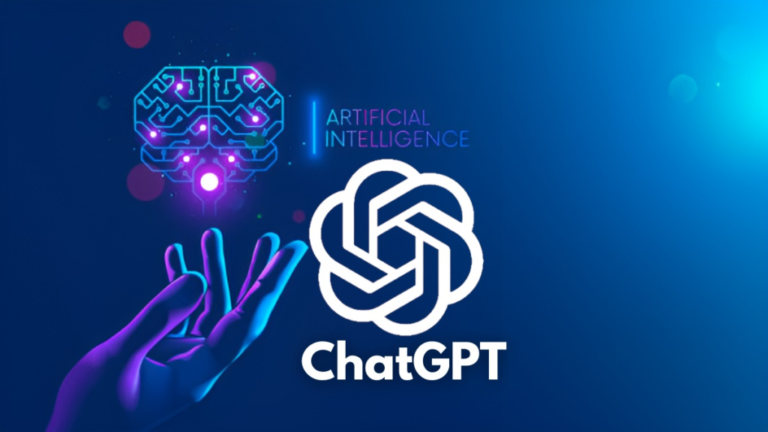Introduction: Language Models and GPT’s Place in the World
Language models (LMs) are a fascinating branch of artificial intelligence that strive to understand and generate human language. Among these models, the Generative Pre-trained Transformer (GPT) stands out for its impressive ability to produce text that is often indistinguishable from human-written work. By delving into GPT’s architecture, we gain a deeper understanding of its strengths and limitations, unlocking its potential for various applications.
Key Concepts: A Foundation for Exploration
Before delving into GPT’s specific architecture, let’s solidify our understanding of some key concepts:
Neural Networks: These are computational systems inspired by the human brain, consisting of interconnected nodes (artificial neurons) that learn and process information.
Deep Learning: A subset of AI in which neural networks with multiple layers are used to learn complex patterns from data.
Transformers: A specific type of neural network architecture designed for natural language processing (NLP) tasks, utilizing self-attention mechanisms to understand relationships between words in a sentence.
GPT’s Core Architectural Components
Now, let’s unpack the essence of GPT’s architecture:
1. Input Encoding:
- Words from the input text are converted into numerical representations called embeddings. This allows the model to process symbolic language using mathematical operations.
- GPT typically employs word embeddings based on pre-trained word representations (e.g., Word2Vec, GloVe), capturing semantic relationships between words.
2. Transformer Blocks:
- These are the heart of GPT, responsible for understanding and generating text. Each block contains two sub-blocks:
- Encoder: Analyzes the input sequence, capturing relationships between words and their context.
- Decoder: Generates the next word in the sequence, relying on information from the encoder and previously generated words.
- GPT incorporates multi-head attention, enabling it to focus on different parts of the input sequence based on their relevance to the task at hand.
- The number of transformer blocks, their depth, and other hyperparameters affect GPT’s capabilities and computational complexity.
3. Positional Encoding:
- Since transformers lack inherent sequential knowledge, positional encoding is added to embeddings to help the model understand the order of words in a sentence.
- This information is often crucial for predicting the next word accurately.
4. Output Layer:
- The final layer of the GPT model predicts the probability of the next word appearing in the sequence.
- This prediction is based on the learned representations of the input text and the current context.
Example: Understanding GPT’s Process through Text Generation
Imagine you provide GPT with the prompt “Write a poem about a robot falling in love.” Here’s a simplified version of how GPT might work:
- Input Encoding: Each word in the prompt is converted into an embedding.
- Transformer Blocks: Multiple transformer blocks pass the embeddings through various operations, analyzing syntactic and semantic relationships within the prompt.
- Positional Encoding: Positional information ensures the model remembers the order of words.
- Output Layer: At each step, the model predicts the most likely next word based on the processed information. This creates the poem word by word.
Strengths and Limitations of GPT Architecture
- Strengths:
- Flexibility: Adaptable to various NLP tasks (translation, text summarization, question answering) through fine-tuning.
- Scalability: Can be trained on massive datasets, leading to improved performance.
- Parallelism: Transformer architecture efficiently utilizes parallel computing resources.
- Limitations:
- Black Box Nature: Internal workings are complex and not fully understood, making interpretation challenging.
- Bias: Can inherit biases present in training data, requiring careful data selection and mitigation strategies.
- Computational Cost: Training and running large GPT models can be computationally expensive.
Evolving Architectures and the Future of GPT
GPT architecture is constantly evolving, with new and improved variants emerging (e.g., GPT-3, GPT-J). These enhancements focus on:
- Increased Capacity: More parameters and layers for enhanced power and flexibility.
- Data Efficiency: Learning from smaller datasets without loss of performance.
- Interpretability: Making the decision-making process of the model more transparent.
Understanding GPT’s architecture equips us to leverage its capabilities responsibly and contribute to its future development. Remember, it’s a powerful tool with limitations, and ethical considerations are essential for its meaningful application.
Summary
GPT’s architecture, built on transformers and neural networks, empowers it to handle complex language tasks. By grasping its core components and strengths/limitations,

